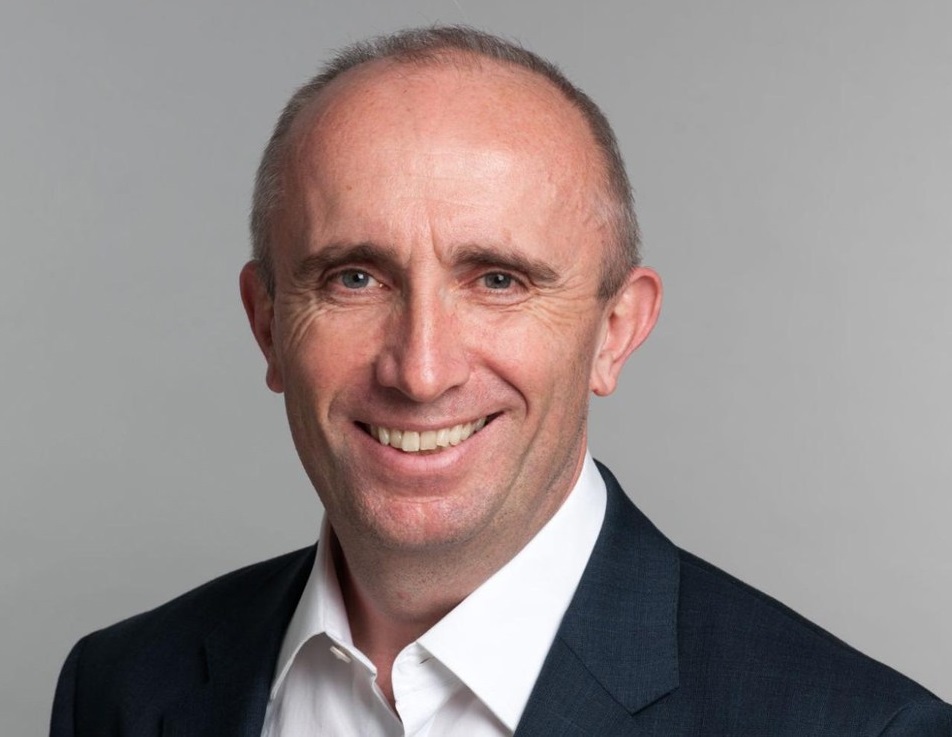Reckitt’s CSO on its journey towards water neutrality
David Croft talks tactics, partnerships and why he avoids the phrase ‘water risk’
When most companies are choosing where to build their next factory, they’ll look at how much water they’ll have access to in 25 years time.
“People weren’t thinking like that a decade ago,” says David Croft, head of sustainability at Reckitt, the London-listed business behind health and hygiene brands like Dettol, Vanish and Nurofen.
“They’d be considering the availability of logistics and human resources, or tax breaks, but now water has to be one of the first things on the list.”
The United Nations predicts that global water demand will rise by up to 30% by 2050.
It would cost companies five times less to mitigate their water risks that the estimated $600bn of financial harm they could do if they materialise, according to corporate disclosures platform, CDP.

Becoming more water resilient
By 2030, Reckitt plans to be water neutral across the 16 sites it operates in water-stressed areas, meaning it will replenish at least as much water as it uses at each factory.
So far, it has validated two of its five sites in India as ‘water positive’, with another expected soon.
“We start with what we can control directly,” explains Croft.
“That’s everything from how efficient our manufacturing and processing is, to how we clean the factory.”
It also means being careful to use the right grade of water for the right job (“there’s no need to flush toilets with potable drinking water”), looking at ways of reusing and recycling water, avoiding pollution, and harvesting run-off in underground tanks.
Then comes the tricky part.
“You can’t become water resilient just by managing your own assets,” says Croft. “You’re dependent on the catchment area a factory is part of, and that means you need to improve things outside the factory gates.”
To do this, a company needs to understand the local communities, governments, demographics and weather patterns.
India, for example, experiences monsoons.
That means that – unlike in areas with prolonged droughts – the key to replenishing water is to capture the heavy rainfall before it runs down to the sea.
Reckitt has done that by working with local NGOs and communities to engineer a system of small dams and reservoirs that hold and store water in the right places within the water catchment area.
“In just a season, we lifted the water table by seven metres using those measures,” Croft says.
“That’s good for us, but it also allows local farmers to grow different crops and get more harvest cycles, so there are broader economic benefits for the area.”
Another of Reckitt’s factories is located on a tributary of the Ganges, where lots of local businesses work with heavy metals.
So it partnered with WWF and the community to reduce pollutants being pumped into the water.
“Having the right local partner is critical,” says Croft. “With the best will in the world, I can turn up at a small village in southwest India, but I need a local partner to help create a dialogue.”
It’s also crucial to collaborate with local government and other companies. If Reckitt helps improve water levels, it needs to be comfortable the factory next door won’t simply double its consumption.
“More and more big companies are recognising the need for collaboration on water,” notes Croft, pointing to the growth of groups like the Water Resilience Coalition, which counts the CEOs of more than 30 big corporates among its members.
Using the right language
Just like everything else in sustainability, it matters how companies talk about water.
“Language makes a difference when you’re trying to build support for this work,” says Croft.
In his experience, framing it as ‘water risk’ quickly makes it an insurance conversation.
“And no one wants to increase spending on insurance if nothing bad has happened yet.”
Talking about ‘water resilience’ instead “makes the conversation easier,” because it ties the issue to the company’s future prosperity.
One thing water management is definitely not, Croft insists, is CSR.
“Just because we’re working with NGOs and helping local people, doesn’t make it philanthropy. Water’s a shared interest: if it works better for the community, it will also work better for us.”
